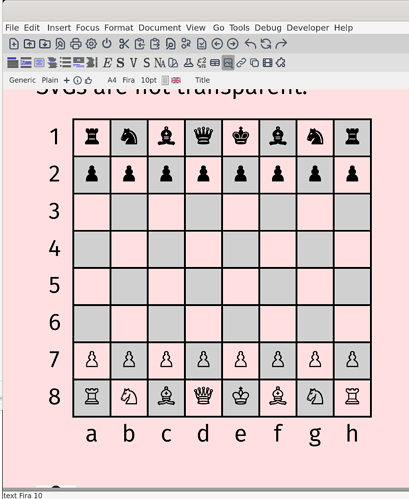In particular, should they be more like interactive apps?
For example, a TeXmacs “puzzles” package should allow you not only to write up various puzzles (e.g., Sudoku) but also to allow people to solve such puzzles manually from within TeXmacs (e.g., much like with a Sudoku game app).
So in this sense, this would go beyond what LaTeX packages do.


